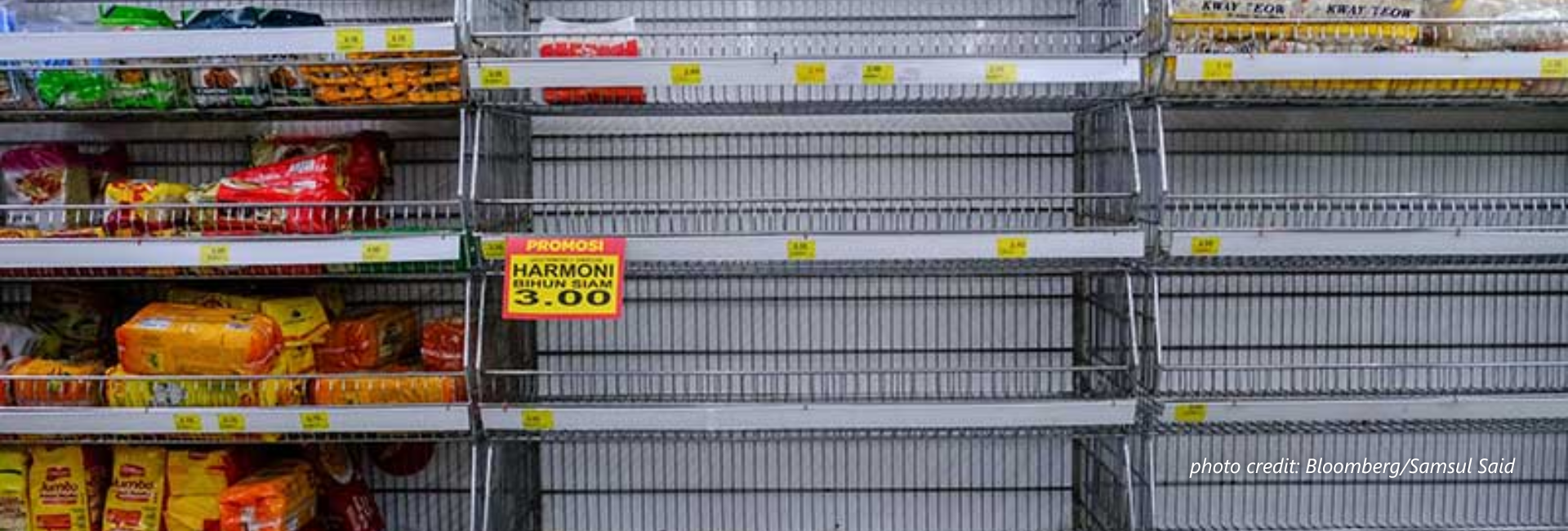We extend the standard concept of static benefit incidence to dynamic benefit incidence––the relationship between program benefits and changes in household expenditures. Using panel data we compare the static and dynamic benefit incidence of two programs: sales of subsidized rice targeted on administrative criteria and a set of public employment schemes based on self-selection targeting. Program design appears to have made a substantial difference in both static and dynamic benefit incidence. The employment creation schemes were much more responsive to expenditure shocks than were sales of subsidized rice. For instance, a household from the middle quintile of expenditures in the pre-crisis survey period (May 1997) who suffered the worst quintile shock was four times more likely to have participated in the employment creation program than a similar household with a positive shock but only one and a half times more likely to receive subsidized rice. Using the observed pattern of static and dynamic benefit incidence to compare the two programs and a uniform transfer, we show that if the middle-income households are sufficiently risk averse the additional insurance value of programs with superior dynamic benefit incidence can alter the median voter outcome in favor of more targeted programs.



